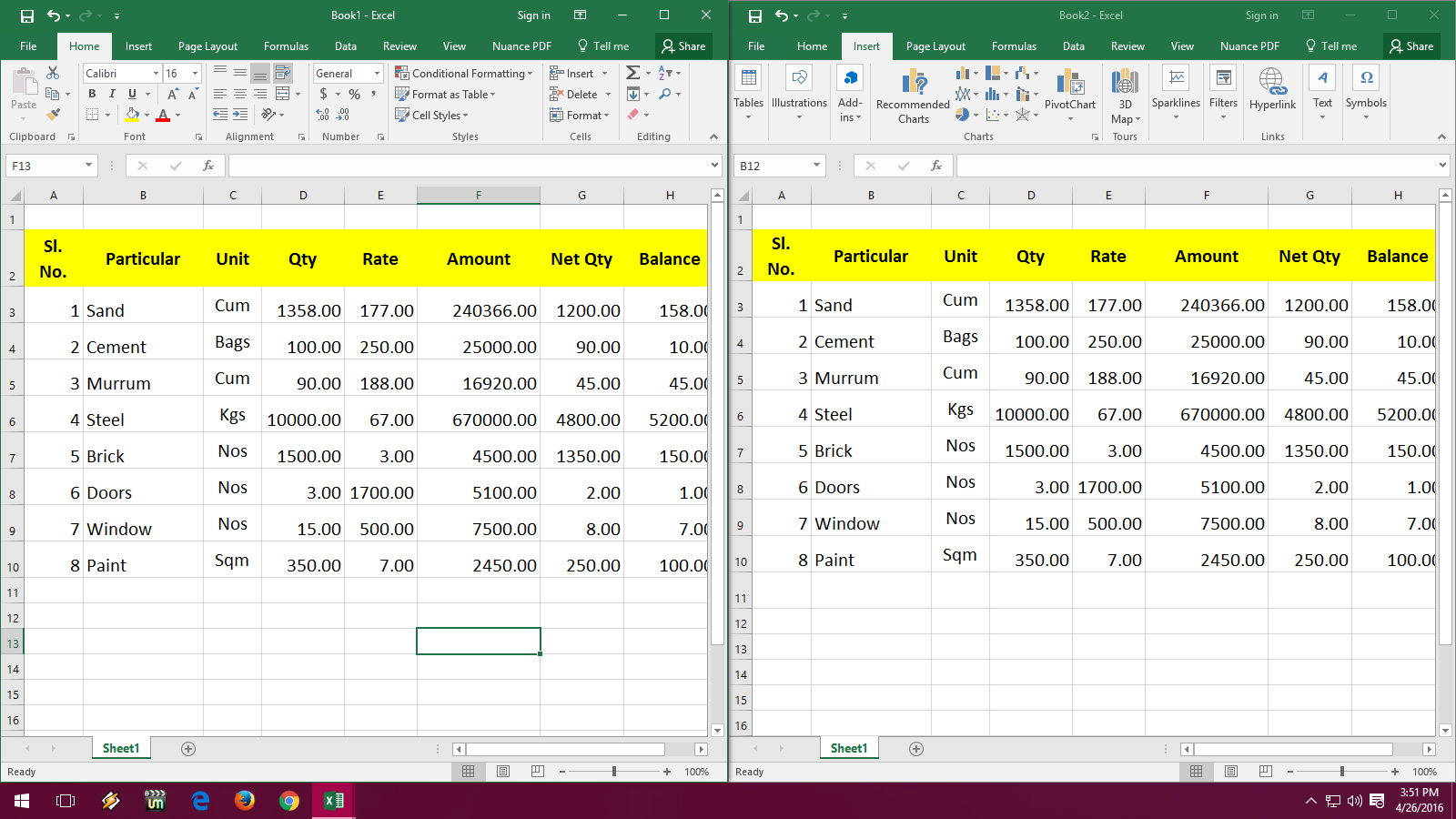Master Excel: Copy Sheets from Other Workbooks Easily

In the realm of data management and analysis, Microsoft Excel stands as one of the most versatile tools available. Whether you're a business analyst, a data scientist, or just someone who loves keeping things organized, Excel can streamline your tasks significantly. Among its many features, one that can save you considerable time and effort is the ability to copy sheets from one workbook to another. This process can seem daunting if you're unfamiliar with it, but fear not, this guide will take you through the steps to make this task as easy as a few clicks.
Why Copy Sheets?

Before diving into the how, let’s address the why. Copying sheets between workbooks can be useful in several scenarios:
- Consolidation: Merge data from multiple sources into a single workbook for comprehensive analysis.
- Data Migration: Move data to a new workbook to ensure data integrity or for version control.
- Template Use: Use pre-formatted sheets from one workbook to set up a new workbook with consistent formats and formulas.
- Backup: Keep a backup copy of important sheets in another workbook.
Methods to Copy Sheets Between Excel Workbooks

There are multiple methods to copy sheets between workbooks, each suited for different scenarios:
Method 1: Using the ‘Move or Copy’ Command

This is perhaps the most straightforward method:
- Open both the source workbook (the one you want to copy from) and the destination workbook.
- In the source workbook, right-click on the sheet tab you wish to copy, and select Move or Copy from the dropdown menu.
- In the ‘Move or Copy’ dialog box, select the destination workbook from the dropdown list.
- Choose where you want the sheet to be placed in the destination workbook. You can decide to have it before a specific sheet or at the end.
- Check the box for Create a copy if you want to keep the original sheet in the source workbook.
- Click OK.
💡 Note: The 'Move or Copy' option will not appear if only one sheet exists in the workbook; you will only see the 'Move' option.
Method 2: Drag and Drop

This method is more visual and can be slightly less precise but is very intuitive:
- Arrange the windows so that you can see the sheet tabs of both workbooks.
- Click on the sheet tab you want to copy, hold down the Ctrl key (for Windows) or Option key (for macOS), and drag it to the destination workbook.
💡 Note: Make sure the destination workbook has at least one sheet. Excel won't allow copying if there is no sheet to drag onto.
Method 3: Using Excel VBA

For those who need automation or want to copy sheets in bulk, VBA is the way to go:
Here’s a simple VBA script to copy a sheet:
Sub CopySheetVBA()
'Destination workbook
Dim destWB As Workbook
Set destWB = Workbooks.Open("C:\DestinationWorkbook.xlsx")
'Source workbook is active
ThisWorkbook.Sheets("SheetName").Copy After:=destWB.Sheets(destWB.Sheets.Count)
'Close destination workbook
destWB.Close SaveChanges:=True
End Sub
This script opens a workbook located at "C:\DestinationWorkbook.xlsx", copies the sheet named "SheetName" from the active workbook to the end of the destination workbook, and then saves and closes it.
Method 4: Using Excel Power Query

Power Query, part of the Excel Add-ins, offers another powerful method for data manipulation including sheet copying:
- From the Data tab, select Get Data > From File > From Workbook.
- Choose the workbook from which you want to import data.
- In the Power Query Editor, navigate through the workbook’s content, select the sheet, and load it into the current workbook.
💡 Note: This method is particularly useful when you're dealing with large datasets that might be unwieldy to copy manually.
Best Practices for Copying Sheets

When copying sheets, consider the following best practices to avoid common pitfalls:
- Check References: Ensure that formulas that reference cells from the original workbook are updated correctly. Use named ranges or relative references to make this easier.
- Format Consistency: Verify that formats, conditional formatting rules, and chart references are preserved.
- Data Validation: Copied sheets might lose data validation rules if not handled properly.
- Permissions: If the workbook has any permissions or protections, ensure these are correctly managed in the new environment.
To wrap up, copying sheets in Excel can transform complex data management tasks into simple, manageable processes. Each method outlined here offers unique advantages, tailored to different needs from simple duplication to automated bulk operations. Understanding these techniques not only enhances your efficiency but also allows you to leverage Excel's full potential in organizing and analyzing data.
Can I copy multiple sheets at once?

+
Yes, you can. Hold down the Ctrl key (Windows) or Command key (Mac) and click on the tabs of the sheets you want to copy. Then use the ‘Move or Copy’ dialog or drag and drop while holding the appropriate key.
What if my data references don’t work after copying?

+
This often happens if the references were absolute or workbook-specific. To prevent this, use relative references or update your formulas to reflect the new workbook structure.
Is there a way to automate sheet copying regularly?

+
Yes, through VBA scripting. You can create a macro that runs on specific events or at set intervals to copy sheets automatically.



